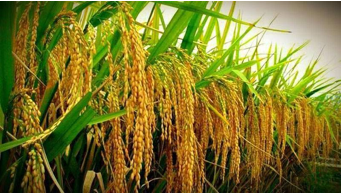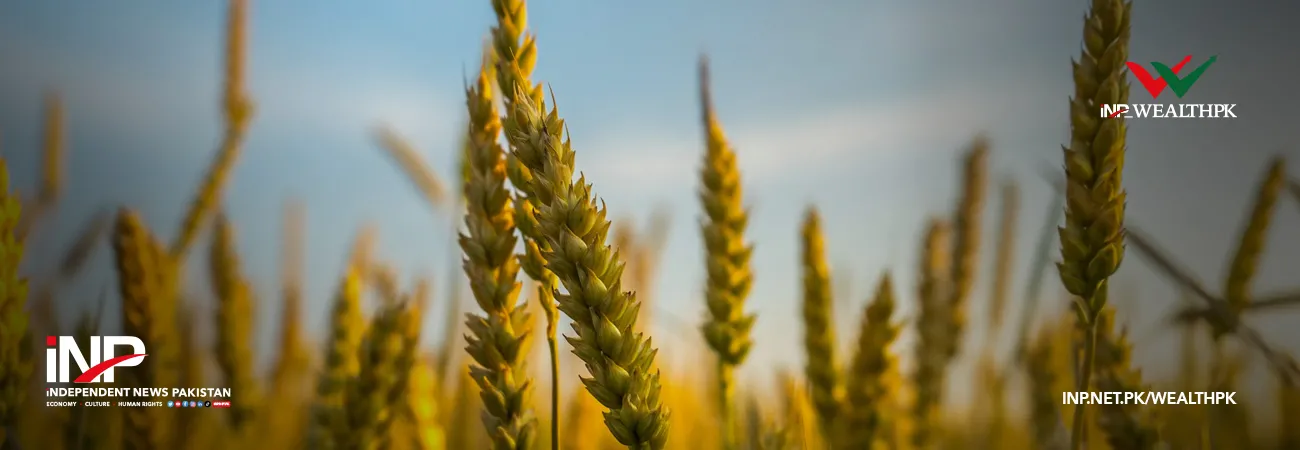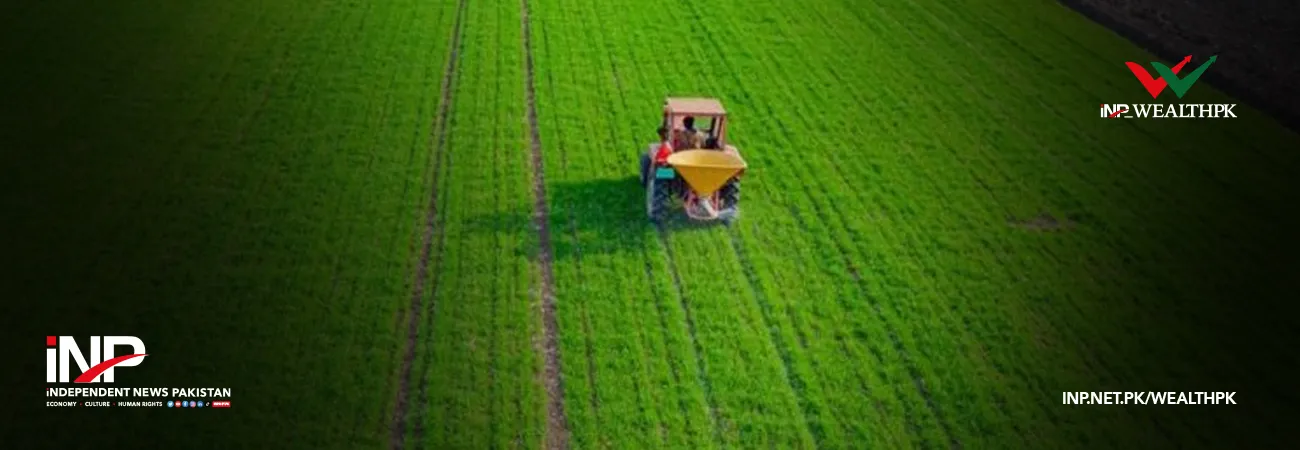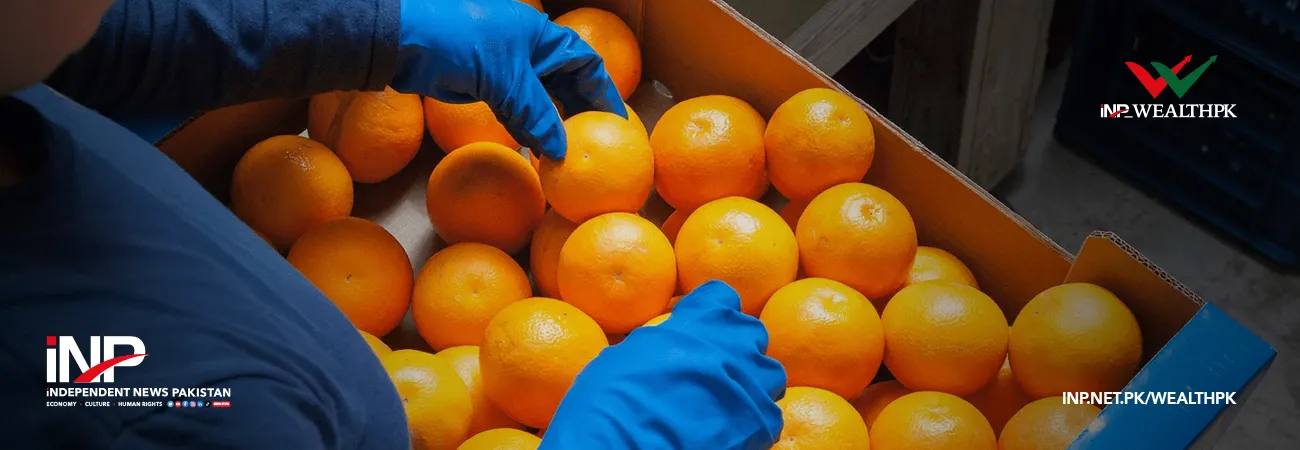INP-WealthPk
Muhammad Luqman
Punjab’s major Kharif crops are expected to yield encouraging results this year despite the floods in the Ravi, Chenab, and Sutlej rivers caused by heavy monsoon rains in both Pakistan and India.

According to the Provincial Disaster Management Authority (PDMA), around 1.8 million acres out of Punjab’s 20 million acres of farmland were flooded across 27 districts. “Only 8 to 10 percent of maize, paddy, and cotton production may be lost due to the floods. Fortunately, most crops withstood the floodwaters as they were already at the maturity stage,” said Dr. Anjum Ali Buttar, consultant to the Punjab Agriculture Department, while talking to Wealth Pakistan.
He explained that in September, major Kharif crops generally reach a stable stage, which is why food and cash crops were not severely affected this time. He added that farmers were also making strenuous efforts to recover from the damage and were hopeful of earning reasonable returns this year. “The market prices of maize and paddy are much higher this year, so Punjab’s farmers are unlikely to face a major financial setback,” Dr. Buttar noted.
He further said that with floodwaters having receded from the rivers in Punjab, a province-wide survey of crop damage was in progress. “The Punjab government has already announced a compensation package for the affected farmers, who will be paid based on the survey results,” he said. Dr. Buttar, who has also served as Director General of Agriculture Punjab, emphasized that the post-flood situation would not disturb the timely sowing of the upcoming wheat crop in the province.
Recent figures released by the Pakistan Cotton Ginners Association (PCGA) also confirmed that Punjab’s cotton crop, along with that of other producing regions, has largely survived the impact of torrential rains and floods. According to PCGA data, Pakistan’s cotton production surged 40 percent year-on-year, reaching 2.004 million bales by the third week of September. During this period, ginning factories in Punjab received 690,000 bales, reflecting a 28 percent increase over last year.
Experts are similarly optimistic about Punjab’s rice crop. They believe that neither Basmati nor non-Basmati paddy varieties will experience a significant decline in output. “The harvesting of coarse (non-Basmati) varieties is already underway throughout Punjab, while the harvesting of premium Basmati varieties will begin in mid-October,” said Dr. Muhammad Akhtar, former Director of the Rice Research Institute (RRI), Kala Shah Kaku, in an interview with Wealth Pakistan.
He pointed out that apart from the districts of Narowal, Sialkot, and Kasur, most of Punjab’s paddy crop remained safe. In fact, this year’s rice cultivation even surpassed the province’s official target of 5 million acres. “Despite flood-related losses, Punjab’s rice production will be equal to, or perhaps greater than, last year’s,” Dr. Akhtar asserted.
He also advised farmers to properly dry harvested paddy before husking to avoid aflatoxin contamination, stressing that such precautions were vital to maintaining grain quality. Dr. Akhtar expressed optimism that Pakistan’s rice exports could exceed the US $3 billion mark this year, given the expected healthy production and strong international demand.
Credit: INP-WealthPk













